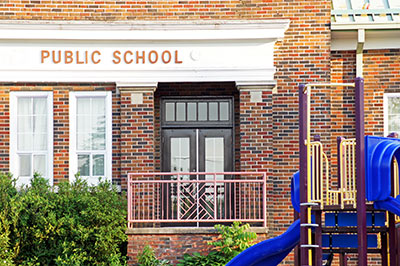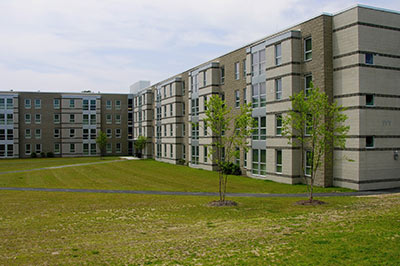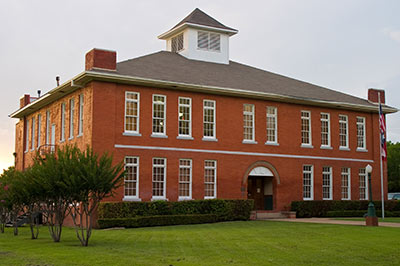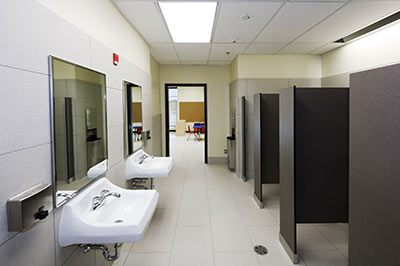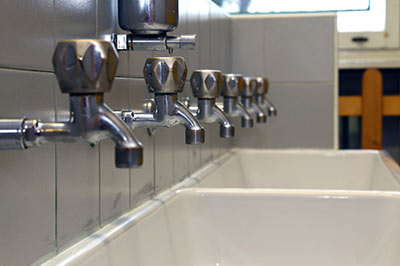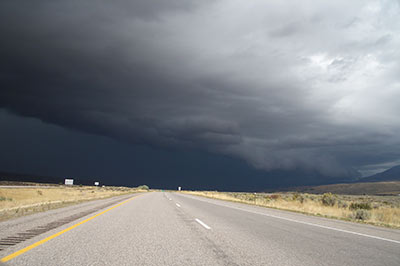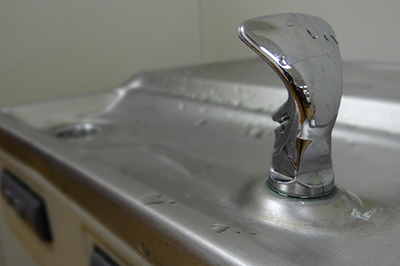From NPR
Let's begin with a choice.
Say there's a check in the mail. It's meant to help you run your household. You can use it to keep the lights on, the water running and food on the table. Would you rather that check be for $9,794 or $28,639?
It's not a trick question. It's the story of America's schools in two numbers.
That $9,794 is how much money the Chicago Ridge School District in Illinois spent per child in 2013 (the number has been adjusted by Education Week to account for regional cost differences). It's well below that year's national average of $11,841.
Ridge's two elementary campuses and one middle school sit along Chicago's southern edge. Roughly two-thirds of its students come from low-income families, and a third are learning English as a second language.
Here, one nurse commutes between three schools, and the two elementary schools share an art teacher and a music teacher. They spend the first half of the year at different schools, then, come January, box up their supplies and swap classrooms.


